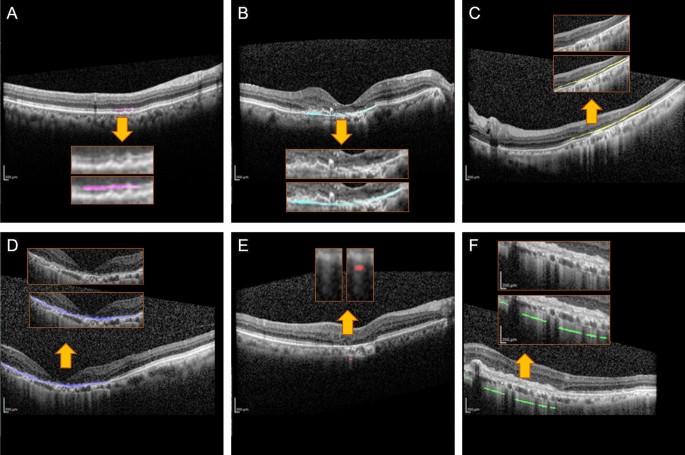
Complement inhibitors for age-related macular degeneration - PubMed
Source : https://pubmed.ncbi.nlm.nih.gov/37314061/
Despite confirmation of the negative findings of intravitreal lampalizumab across all endpoints, local complement inhibition with intravitreal pegcetacoplan meaningfully reduces GA lesion growth relative to sham at one year. Inhibition...
Conclusions/Relevance: The last decade has seen the development of several novel therapeutics targeting complement in the eye for the treatment of AMD. This review update encompasses the results of the first randomised controlled trials in this field.

Influence of lesion location on lesion reactivation after initial treatment in neovascular age-related macular degeneration - Graefe's Archive for Clinical and Experimental Ophthalmology
Source : https://link.springer.com/article/10.1007/s00417-023-06144-8
Purpose We aim to evaluate the factors associated with the incidence of lesion reactivation after initial loading injections in patients with neovascular age-related macular degeneration (AMD). Methods This retrospective study...
Conclusions: Extrafoveal MNVs showed a lower incidence of lesion reactivation after initial treatment than subfoveal MNVs. This result should be considered when interpreting the results of clinical trials with different eligibility criteria regarding lesion location.

Artificial Intelligence-Based Quantification of Central Macular Fluid Volume and VA Prediction for Diabetic Macular Edema Using OCT Images - Ophthalmology and Therapy
Source : https://link.springer.com/article/10.1007/s40123-023-00746-5
Introduction We studied the correlation of central macular fluid volume (CMFV) and central subfield thickness (CST) with best-corrected visual acuity (BCVA) in treatment-naïve eyes with diabetic macular edema (DME) 1...
Conclusions: Anti-VEGF therapy is an effective treatment for DME. Automated measured CMFV is a more accurate prognostic factor than CST for the initial anti-VEGF treatment outcome of DME.

Performance of retinal fluid monitoring in OCT imaging by automated deep learning versus human expert grading in neovascular AMD - Eye
Source : https://www.nature.com/articles/s41433-023-02615-8
To evaluate the reliability of automated fluid detection in identifying retinal fluid activity in OCT scans of patients treated with anti-VEGF therapy for neovascular age-related macular degeneration by correlating human...
Conclusion: Deep learning-based segmentation of retinal fluid performs reliably on OCT images. CSFT values are weak indicators for fluid activity in nAMD. Automated quantification of fluid types, highlight the potential of deep learning-based approaches to objectively monitor anti-VEGF therapy.

Deep learning to detect macular atrophy in wet age-related macular degeneration using optical coherence tomography - Scientific Reports
Source : https://www.nature.com/articles/s41598-023-35414-y
Here, we have developed a deep learning method to fully automatically detect and quantify six main clinically relevant atrophic features associated with macular atrophy (MA) using optical coherence tomography (OCT)...
Conclusions/Relevance: These results show the unique potential of using artificially intelligence-aided methods for early detection and identification of the progression of MA in wet AMD, which can further support and assist clinical decisions.

